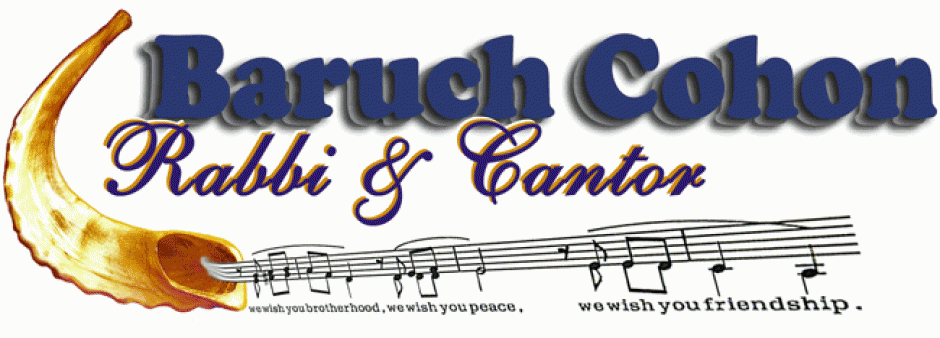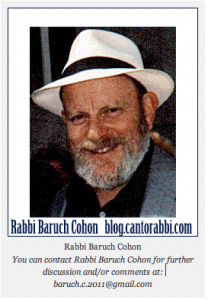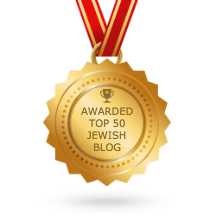NISAN, MONTH OF FREEDOM – “Shabat Hachodesh” — by Rabbi Baruch Cohon
This week we will begin reading the Book of Leviticus, with all its detailed descriptions of sacrificial worship. We will also be observing the “Sabbath of THE Month” – Shabat haChodesh—and reading the special section added for this occasion, Exodus 12:1-20, a particularly significant passage for a few reasons.
First, this section sets up the order of the Jewish calendar which we still follow. “This month for you is the head of the months, the first of the months of the year.” This month’s name is Nisan and we will announce its arrival, to take place in just a week. Even though we count our years as beginning in the fall, we start naming our months in spring, from Nisan on.
Second, this section alerts us to prepare for Passover, the holiday of freedom. It recalls the physical and spiritual drama that our ancestors experienced when leaving Egyptian slavery.
Third, this section instructs us in the process of perpetuating the Exodus celebration in the present and the future.
Personally, I also find special significance in this section that a son of mine chanted at his Bar Mitzvah.
Initially this section concerns the special sacrifice – the Paschal lamb. “Take one lamb for each household. And if the household is too small to consume the lamb [in one evening], join with your neighbor [and share a lamb]…each according to what that person can eat.” We might note that the Torah sets no minimum or maximum on individual appetites. It’s neither “hold back!” nor “ess, ess, mine kind.” Rashi quotes the Mechilta explaining that the ill, the infants and the aged family members who cannot eat even as much as an olive (the minimum size portion) cannot be counted when dividing the lamb’s meat.
When slaughtering the lamb, they were commanded to take some of its blood and put it on the lintel and the doorposts of their house, to alert the destroying angel that this was the home of Israelites. Not an Egyptian house that was to be visited with the fearful Tenth Plague – the death of the firstborn. Some commentators develop a teaching about that blood. Later in the chapter comes the commandment: “No uncircumcised male may eat of it.” Since many Israelite slaves were not circumcised, that meant they would have to have a quick Bris in order to partake of the Paschal Lamb. And their blood could be combined with the lamb’s blood to form the signal on the doorpost. Human and animal blood join to herald freedom.
We continue to read the detailed rules of how to cook the lamb (or goat, by the way, either was acceptable): roast it whole, don’t boil it or eat any of it raw, and combine it with Matzoh and bitter herbs. (All processes we still follow at our Seder meals.) Also what to wear at that feast: travelling clothes – tie your belt, put your shoes on, and keep your walking stick in your hand – because you must be ready to go!
Indeed our people found themselves in that double situation many times throughout history – celebrating the heritage, and ready to go. Indeed many of us still do. What will empower Pesach for endangered Jews this year – in France or Ukraine or Iran – should be the hope that their imminent travel will take them to freedom.
Keyn y’hi ratzon – may this be G-d’s will.



This holiday, Pesach, is my very favorite one of the year. I always said that to my husband. His reply was “How could you say that. You work so hard as soon as Purim is over, and take the house apart; switching the kitchen around: Hametz goes down stairs and Pesadik comes upstairs. Then you holler at the boys not to take any food into their rooms because those were all ready for Pesach. Oy vei…then the shopping. Do we really need twelve dozen eggs? Do we have to have so many people at our Seders? ” (Yes dear, we do) When at last the day came for the first Seder, and we were all sitting around two tables, I looked at my darling and he was smiling, He was so pleased and proud. The next night it was a repetition, but with a few other people.
When at last the last guest left , my husband put his arms around me and said “Next year we’ll have fewer people!” (But we never did.) I am so grateful that have all those beautiful memories.